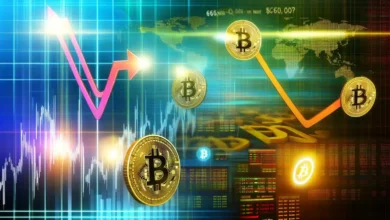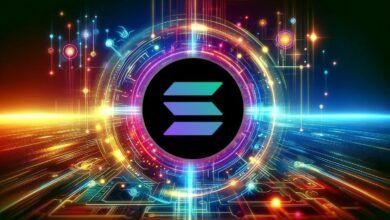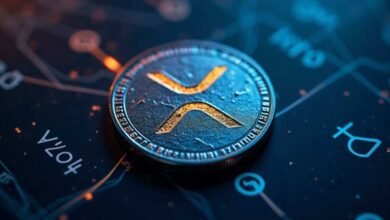
Whale Watching: Why XRP, Solana, Cardano and PlutoChain Are Drawing Big Attention
The cryptocurrency market often finds itself shaped by “whale” activity—movements of large-scale investors that influence trends and set the stage for the future. Among the current frontrunners captivating whale interest are Ripple (XRP), Solana (SOL), Cardano (ADA), and the emerging PlutoChain ($PLUTO). Each of these projects is carving out its niche in the blockchain ecosystem, but PlutoChain’s hybrid Layer-2 innovation could redefine Bitcoin’s capabilities, making it a standout contender.
PlutoChain ($PLUTO): Bringing Smart Contracts to Bitcoin
PlutoChain, the first-ever hybrid Layer-2 solution for Bitcoin, could potentially revolutionize the cryptocurrency giant by addressing its speed and scalability challenges. Unlike Bitcoin’s standard block time of 10 minutes, PlutoChain promises 2-second block processing without compromising decentralization or security.
The platform leverages a Layer-2 architecture that processes transactions off-chain, reducing congestion and transaction fees while maintaining the integrity of Bitcoin’s core protocol. Early tests demonstrate PlutoChain’s ability to handle over 43,200 transactions per day, marking a significant leap in scalability.
PlutoChain’s Ethereum Virtual Machine (EVM) compatibility further strengthens its case, enabling seamless integration of Ethereum-based decentralized applications (dApps) into the Bitcoin ecosystem. This could open doors for DeFi platforms, NFT marketplaces, and AI tools, blending Bitcoin’s security with Ethereum’s flexibility.
Ripple ($XRP): Transforming Global Payments
Ripple’s XRP continues to solidify its position as a leader in cross-border payments, providing faster and cheaper alternatives to traditional banking systems. With integration into Japan’s $6.37 trillion banking sector and partnerships with over 1,700 financial institutions—including giants like Bank of America—Ripple is transforming international transactions.
The XRP Ledger (XRPL) underpins Ripple’s innovation, offering high-speed, low-cost transaction processing. Its ability to handle payments efficiently while scaling for institutional use makes XRP a key player in reshaping the global financial landscape.
Cardano ($ADA): A Sustainable and Scalable Blockchain
Cardano stands out for its focus on sustainability and scalability, addressing two critical challenges in blockchain technology. Powered by a proof-of-stake (PoS) consensus mechanism, Cardano significantly reduces energy consumption compared to proof-of-work systems.
Innovations like Hydra and Mithril further enhance Cardano’s scalability, ensuring it can support increasing transaction volumes. This infrastructure is robust enough to handle large-scale applications while maintaining security and efficiency, appealing to enterprises and developers seeking sustainable solutions.
Solana ($SOL): High-Speed Web3 Performance
Solana’s unique blend of Proof-of-History (PoH) and Proof-of-Stake (PoS) consensus mechanisms enables it to process up to 65,000 transactions per second (TPS). This unmatched speed, combined with ultra-low transaction fees averaging $0.00025, positions Solana as a go-to platform for Web3 applications.
From DeFi platforms to NFT marketplaces, Solana provides the scalability and cost-efficiency necessary for seamless dApp experiences. Its ability to handle peak demands without compromising performance makes it an attractive option for developers and users alike.
Whales Hidden Playbook: Why These Projects Matter
The growing interest in these blockchain projects reflects their unique contributions to the cryptocurrency ecosystem. While XRP, Solana, and Cardano continue to deliver strong performance, PlutoChain’s potential to elevate Bitcoin’s utility adds a fresh dimension to the space.
As whales quietly accumulate and position themselves, their moves underscore the long-term value these projects could offer in the rapidly evolving world of blockchain technology.



